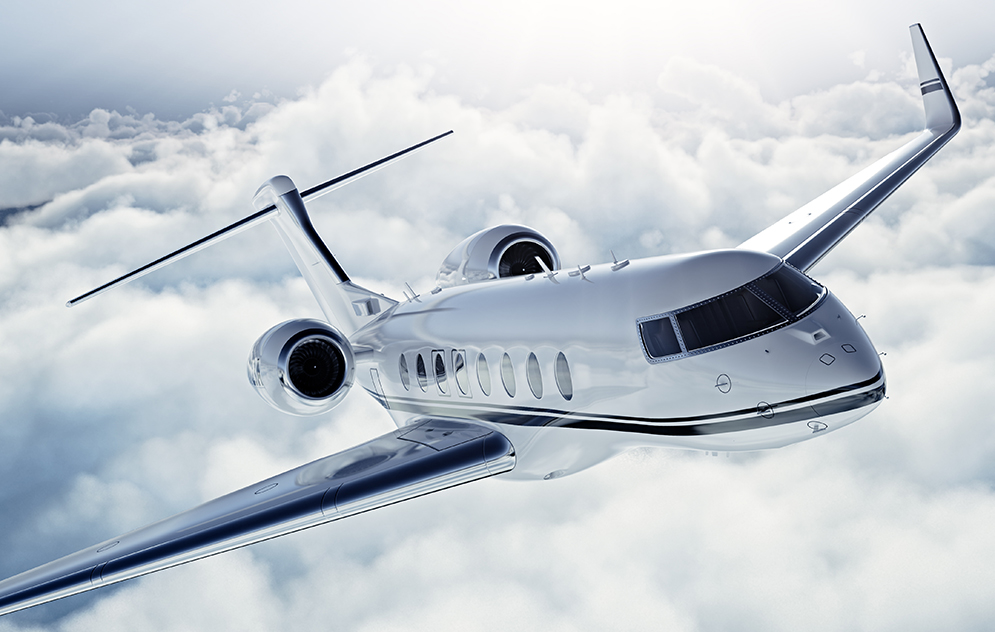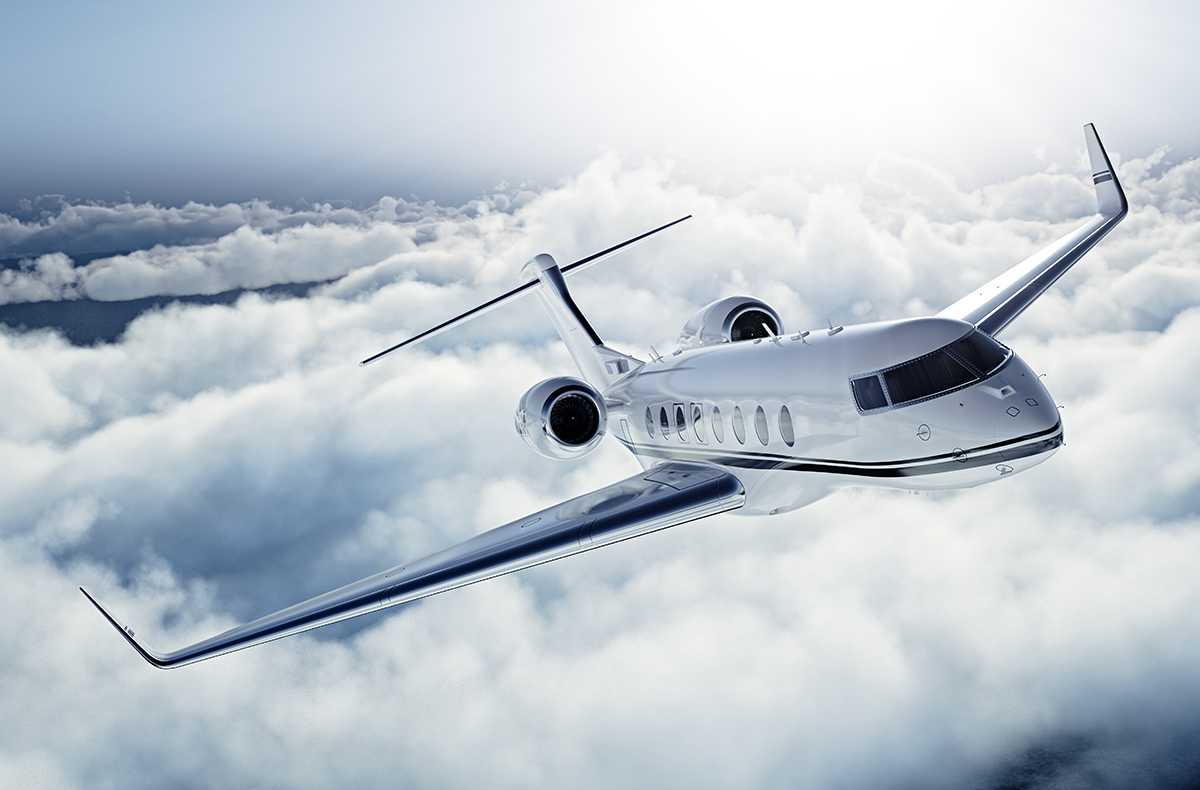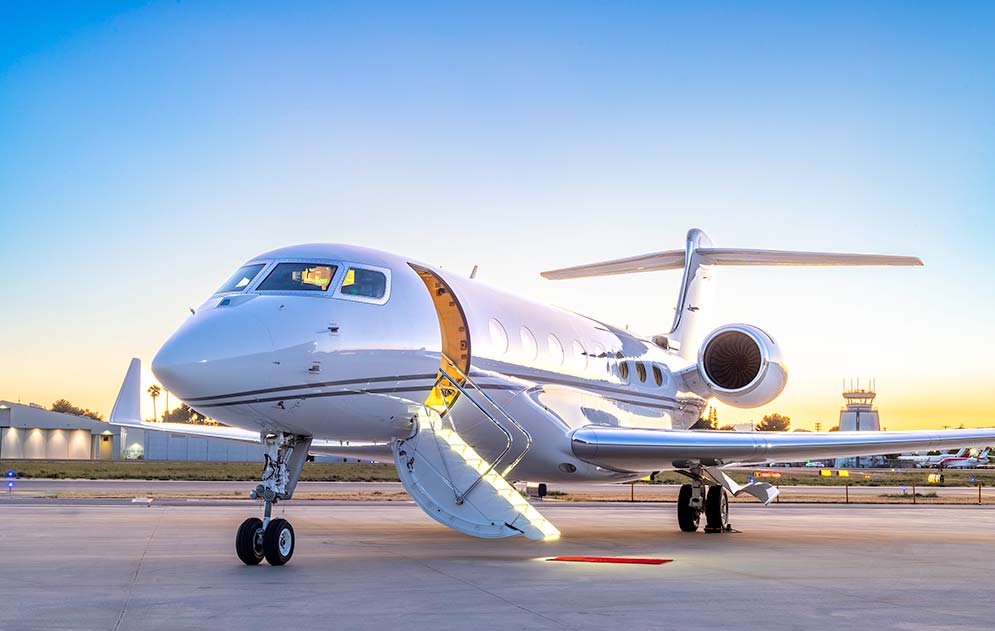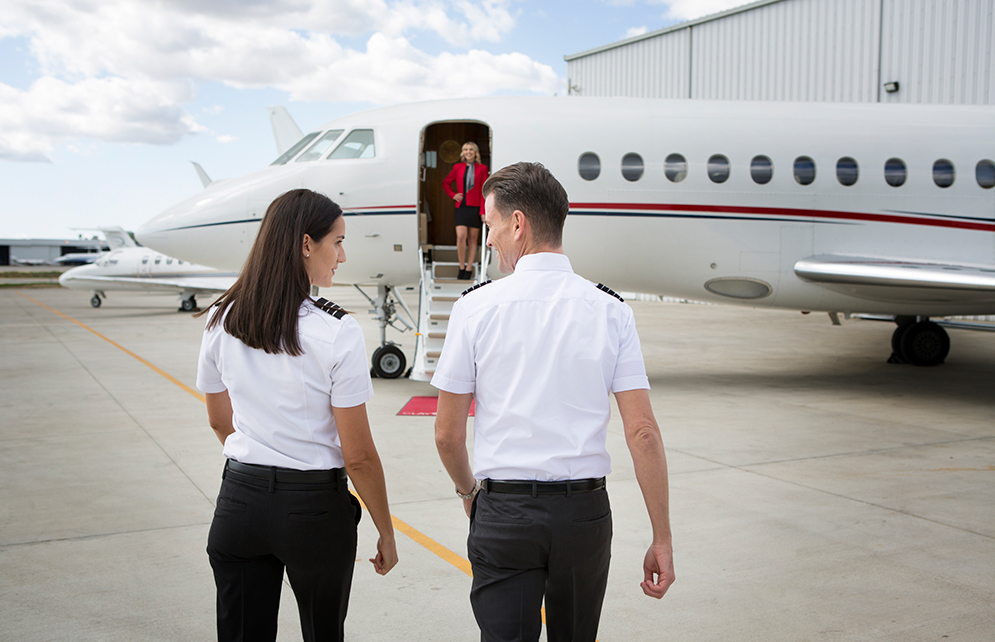
Offsetting Aircraft Ownership Costs With Charter Revenue
January 18, 2018 | Updated June 10, 2024
Aircraft owners often ask, “How much revenue should I expect from chartering my jet?” However, the better question is, “How much expense can I offset by chartering my jet?” Here is why.
Over brief periods of time in the last 20 years, favorable market factors have created unusually high returns from offering your aircraft to the charter market. It’s often a perfect storm, fraught with good luck. Mind you, those factors are largely uncontrollable: high charter demand, low fuel and maintenance costs, little to no flying by the owner, a cooperative labor market and stable asset values. Other factors are controllable: preferences (i.e. pets or no pets), the aircraft condition, location and modernization. Yes, when many of those factors are designed in the favor of the charter customer the probability of above average contribution margin can be expected.
The charter revenue received from your jet can indeed lower your aircraft ownership costs by up to 80 percent, though keep in mind this does not include capital costs or depreciation. The true cost of airplane ownership, and potential revenue offset, will be different for every owner, based on factors related to the entrance and exit of the aircraft as well.

Should you charter your jet?
Determining whether it is in your best interest to charter your jet, we recommend a personalized analysis of your financial goals. Our operating cost analysis takes into account over 80 factors to give accuracy to your forecasted annual operating budget, and provide clarity to how much charter revenue one can obtain and most importantly the net effect.
Charter is an excellent way to offset ownership costs, regardless of how much or little you fly your plane. The savings can be considerable. Your management company needs to use a thoughtfully better charter strategy which will help your aircraft differentiate itself in a market and avoid commoditization.
As reported by JetNet IQ (2024) the average business jet flies 330 hours per year, which happens to fall into the range of most engine insurance programs. Flying more than those rates or beyond your aircraft fleet average (average total time relative to aircraft type fleet) often increases your program rates and decreases your residual value. There is an optimal zone and we’ve developed the tools to help aircraft owners find that sweet spot. Of course, allowing others to charter your jet is not for everyone, and it is important to discuss both the positive and negative aspects of this important operating decision.
How can I make charter jet revenue?
The FAA created regulations to protect the aircraft owner and charter consumer. It’s called FAR Part 135 and is required to legally obtain charter revenue. Your jet must be added to an FAA Part 135 Air Carrier certificate. Clay Lacy is a Certified Air Carrier as an aircraft management and charter company operating for over 56 years.
How many hours will you fly?
The answer is commonly expressed in hours per year. A simple way to estimate annual flight hours is to list your most common destinations and the number of times per year you anticipate visiting. Then, add a margin for unanticipated trips, resulting in an estimated total annual hours to expect. Then… add 25 percent to this number, because once you own a jet, you are going to love using it.
If you anticipate flying fewer than 150 hours per year, charter revenue is likely a good option. It is possible to run a break-even analysis on what amount of hours are needed to cover the cost of operating under these Part 135 regulations.
Human capital: Pilot and other crew costs.
While these aircraft are built well enough to fly over 1,000 hours per year, the people who operate them cannot. You could hire more pilots, however you have to now recover more incremental fixed expenses. A great example of diminishing returns.
The pilots (your human capital) are necessary to consider in this equation. Too much flying impedes on quality of life and that could cause attrition. Clay Lacy has studied the best attraction and retention strategies and maintains some of the highest loyalty rates in the industry. It’s part of our responsibility to ensure an aircraft owner knows these dynamics as the potential cost of replacing a pilot can be 200% percent of their salary.
At the average 330 hours flown per year, a two-person crew is optimal and recommended. This allows time off for training, PTO and sick days, and scheduling safely to avoid fatigue. An aircraft that plans to fly over 400 hours per year is more efficiently staffed with a three-pilot crew.
This is why we help each aircraft owner find their optimal zone. A common ratio is around 200 hours of owner flying per year, offset by 150 hours of premium charter flying. We call it premium because Clay Lacy’s established reputation, legendary service, direct client relationships, and exceptional safety record allow us to deliver premium market rates to our owners. We maintain our aircraft to the highest standards and our dedicated crewmembers are some of the best in the industry.
It’s part of our responsibility to ensure an aircraft owner knows these dynamics as the potential cost of replacing a pilot can be 200% percent of their salary.
Fixed ownership costs: It’s all about the margins.
The make and model of jet—the “type” in aviation jargon—plays a critical role in determining how much offsetting charter revenue you should expect. Some aircraft types have higher margins between the charter rate and direct operating costs. Factors that contribute to this are fuel burn, and costs of engine and maintenance reserves. Beyond the direct operating costs, there are fixed aircraft ownership costs. These include crew salaries and training, hangar, insurance, and subscriptions. For the most part these costs don’t change regardless how much you fly.
In some cases, this can significantly work to your benefit. Take, for example, engine reserves — which are typically expressed as an hourly expense. However, many engine companies require a minimum annual dollar threshold. If you do not fly enough hours to meet the minimum dollar contribution, then you still owe the balance. In this example, the ability to charter your aircraft, and let the charter customer pay toward your engine minimum, is a direct reduction in your annual fixed costs.
Age matters: Newer aircraft can earn more.
High-demand aircraft in today’s charter market are typically 10 years old or newer. Even with upgrades – such as a new interior design, the latest WiFi connectivity, and paint job – aircraft age has a direct effect on demand and the trailing charter price per hour. For example, if a nine-year-old Gulfstream is competing with an 18-year-old Gulfstream for the same trip, the older jet will need to offer a lower price to earn that trip, which means a reduced margin in many cases.
Aircraft owners may request parameters pertaining to the specific charters that they will accept. However, keep in mind that the same client who may charter your plane on a long flight may need to take a short one too from time to time, and the value of building loyal and long-time charter clients often outweighs the cost of a few short legs on your jet. The critical data point we watch is average hour-to-cycle ratios. If your aircraft’s ratio is beyond the norm, this can increase maintenance costs and negatively affect resale value. However, when properly managed, and in moderation, short flights can be highly profitable.
Ultimate goal: Getting the most from jet ownership.
The ultimate goal of aircraft ownership is to enjoy the extraordinary freedom, flexibility, speed, comfort and privacy that comes with owning your own aircraft. As with anything, the costs of aircraft ownership are important to consider, and the offsetting revenue provided by chartering your plane can significantly lower your cost of ownership without impacting the value of your aircraft.
With so much information to consider regarding jet ownership, it is essential to have a team of specialized and experienced individuals working together on your behalf. This often includes an aircraft management company, aviation attorney, CPA, financier and aircraft broker. Together they provide an aircraft owner a holistic view of their asset and ensure the owner’s best interests are protected.
Using charter as a tool to offset the cost of aircraft ownership requires careful thought and analysis, backed by an experienced team of advisors. If part of your consideration is to optimize cost savings, we can provide a comprehensive analysis to help you decide if charter revenue offset is right for you. Get in touch with us.


